Special Report
The 14 Former Soviet and Soviet-aligned Republics That Joined NATO After the Cold War

Published:
Last Updated:

Ever since he became prime minister then president of Russia, Vladimir Putin has made no secret of restoring Russia to its superpower status. He has been bulking up the military and attempting to pull former Soviet republics back into the Russian orbit. But if the ex-KGB spook wants to return Russia to the days of its Cold War-era prominence, he would have to exert pressure on former Eastern Bloc countries that have since aligned themselves with the West, many of which have joined NATO.
To find the countries that were formerly aligned with the Eastern Bloc and joined NATO since the USSR dissolved in 1991, 24/7 Wall St. reviewed information from NATO. Countries are listed alphabetically by year they joined NATO. All other data is from the World Bank and for 2020. GDP and GNI per capita figures are in current U.S. dollars. (These are countries with the largest militaries.)
The Eastern Bloc countries were all led by communist governments established by the Soviet Union following the end of World War II. After NATO was established in 1949 and admitted West Germany in 1955, the Soviet Union established The Warsaw Pact, a defense treaty with seven other Soviet satellite states in Central and Eastern Europe: Albania, Bulgaria, Czechoslovakia, East Germany, Hungary, Poland, and Romania.
These nations and others in the Soviet orbit formed a secure border against a future invasion of the Soviet Union, which suffered about 27 million deaths by Russian estimates during World War II. (There are wars in which the most Americans died.)
Realigning the former Eastern Bloc nations with Russia today will be a difficult task for Putin. A Pew Research Center study in 2019 found that most people in Central and Eastern Europe generally embraced democracy, more open societies, and the market economy. Most Poles, Czechs, and Lithuanians said they felt most people in their countries were better off than in 1989, and about 60% of Ukrainians, Poles, and Lithuanians thought children in their country would be better off than their parents.
Also, since communism collapsed, many Eastern Bloc nations have joined NATO, beginning in 1999. This entire strategic shift by nations on Russia’s western border has Moscow concerned about its future security. In launching an attack on Ukraine, Putin accused the United States and its allies of ignoring Russia’s demands to keep Ukraine from joining NATO.
Click here to see the 14 former Soviet Republics that joined NATO after the cold war
Correction: A previous version of this article incorrectly suggested that Slovakia was formerly part of Yugoslavia. In fact, Slovakia was part of Czechoslovakia, which later split into the Czech Republic and the Slovak republic. This error has been corrected.

Czech Republic
> Joined NATO: 1999
> Former member of Warsaw Pact: Yes
> GDP: $245.34 billion
> GNI per capita: $40,160
> Population: 10,698,896
[in-text-ad]

Hungary
> Joined NATO: 1999
> Former member of Warsaw Pact: Yes
> GDP: $155.81 billion
> GNI per capita: $32,190
> Population: 9,749,763
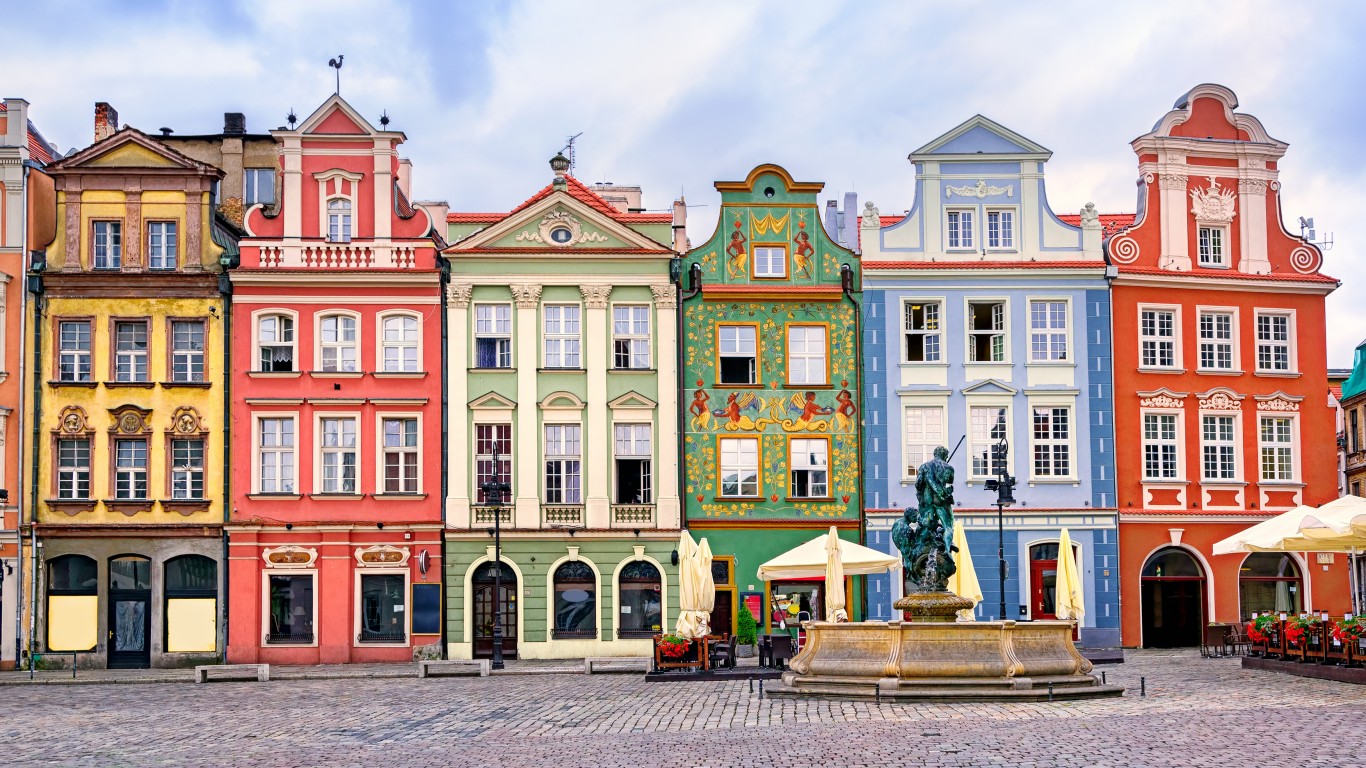
Poland
> Joined NATO: 1999
> Former member of Warsaw Pact: Yes
> GDP: $596.62 billion
> GNI per capita: $33,000
> Population: 37,950,802

Bulgaria
> Joined NATO: 2004
> Former member of Warsaw Pact: Yes
> GDP: $69.89 billion
> GNI per capita: $24,150
> Population: 6,934,015
[in-text-ad-2]
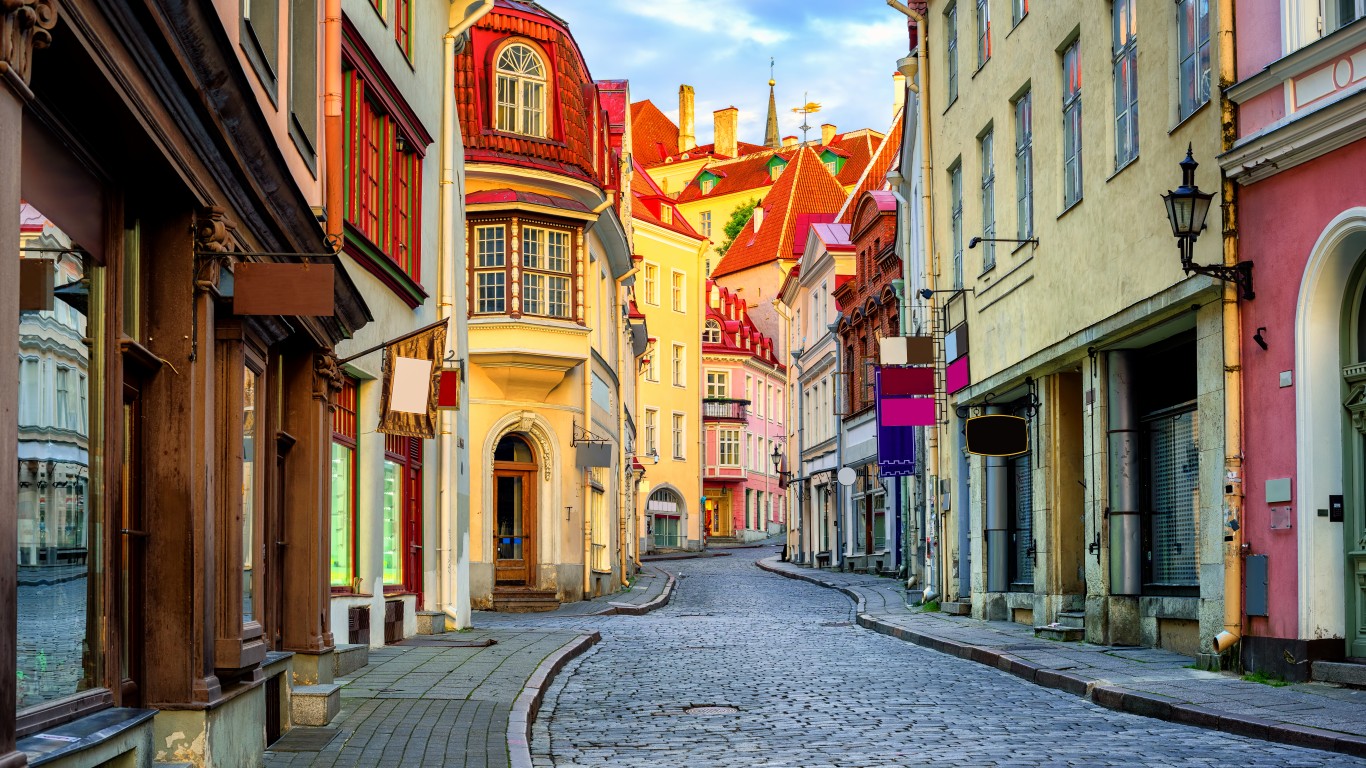
Estonia
> Joined NATO: 2004
> Former member of Warsaw Pact: Yes, as part of USSR
> GDP: $30.65 billion
> GNI per capita: $37,520
> Population: 1,331,057

Latvia
> Joined NATO: 2004
> Former member of Warsaw Pact: Yes, as part of USSR
> GDP: $33.71 billion
> GNI per capita: $31,460
> Population: 1,901,548
[in-text-ad]
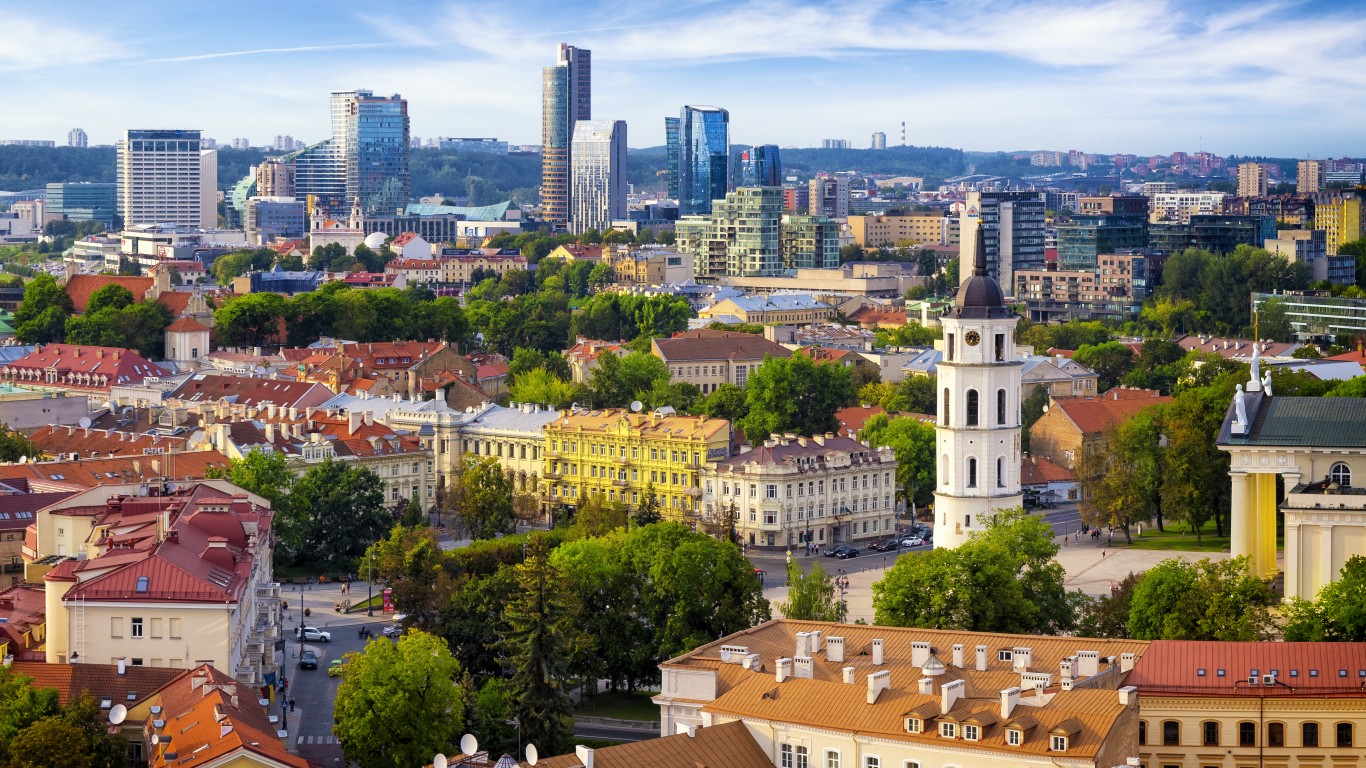
Lithuania
> Joined NATO: 2004
> Former member of Warsaw Pact: Yes, as part of USSR
> GDP: $56.55 billion
> GNI per capita: $37,760
> Population: 2,794,700

Romania
> Joined NATO: 2004
> Former member of Warsaw Pact: Yes
> GDP: $248.72 billion
> GNI per capita: $31,610
> Population: 19,286,123
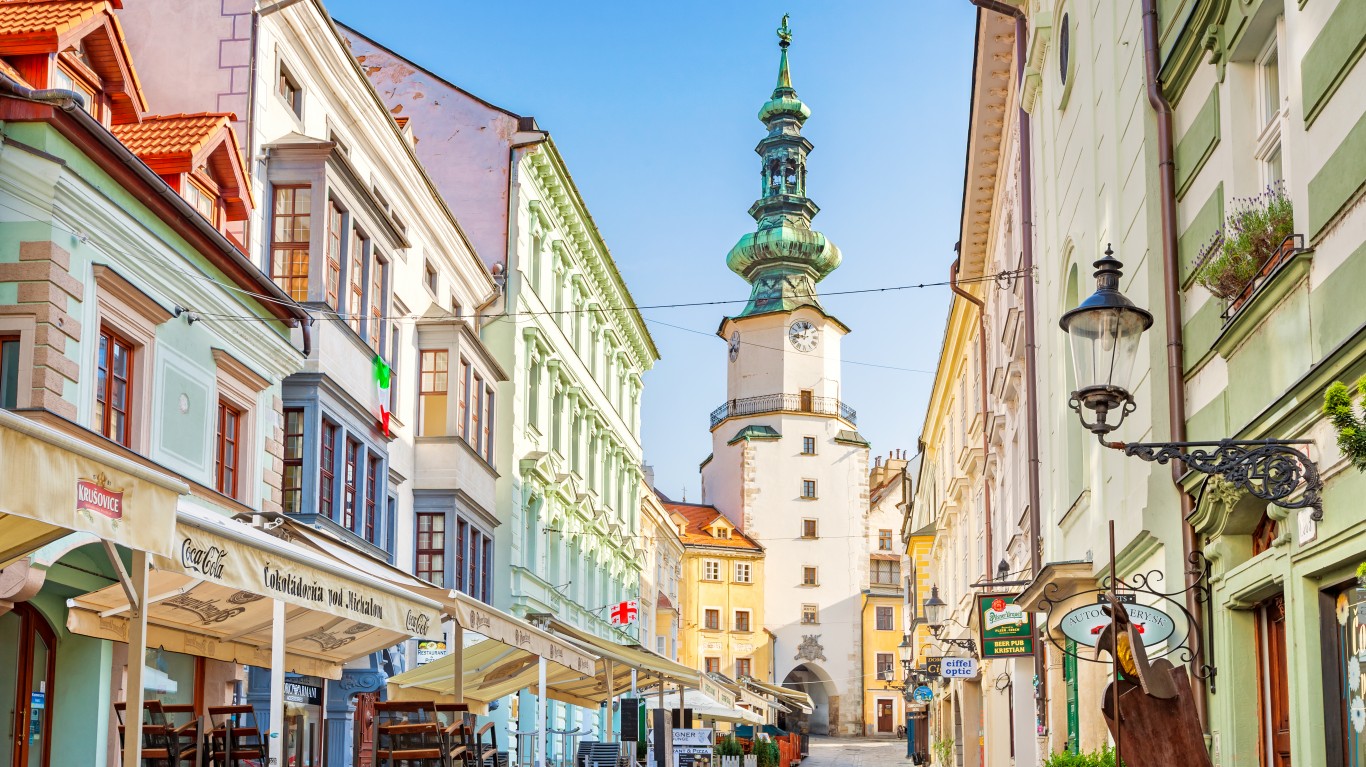
Slovak Republic
> Joined NATO: 2004
> Former member of Warsaw Pact: No, but joined the Warsaw Pact as part of then Czechoslovakia, which later split into the Czech Republic and the Slovak Republic.
> GDP: $105.17 billion
> GNI per capita: $31,000
> Population: 5,458,827
[in-text-ad-2]
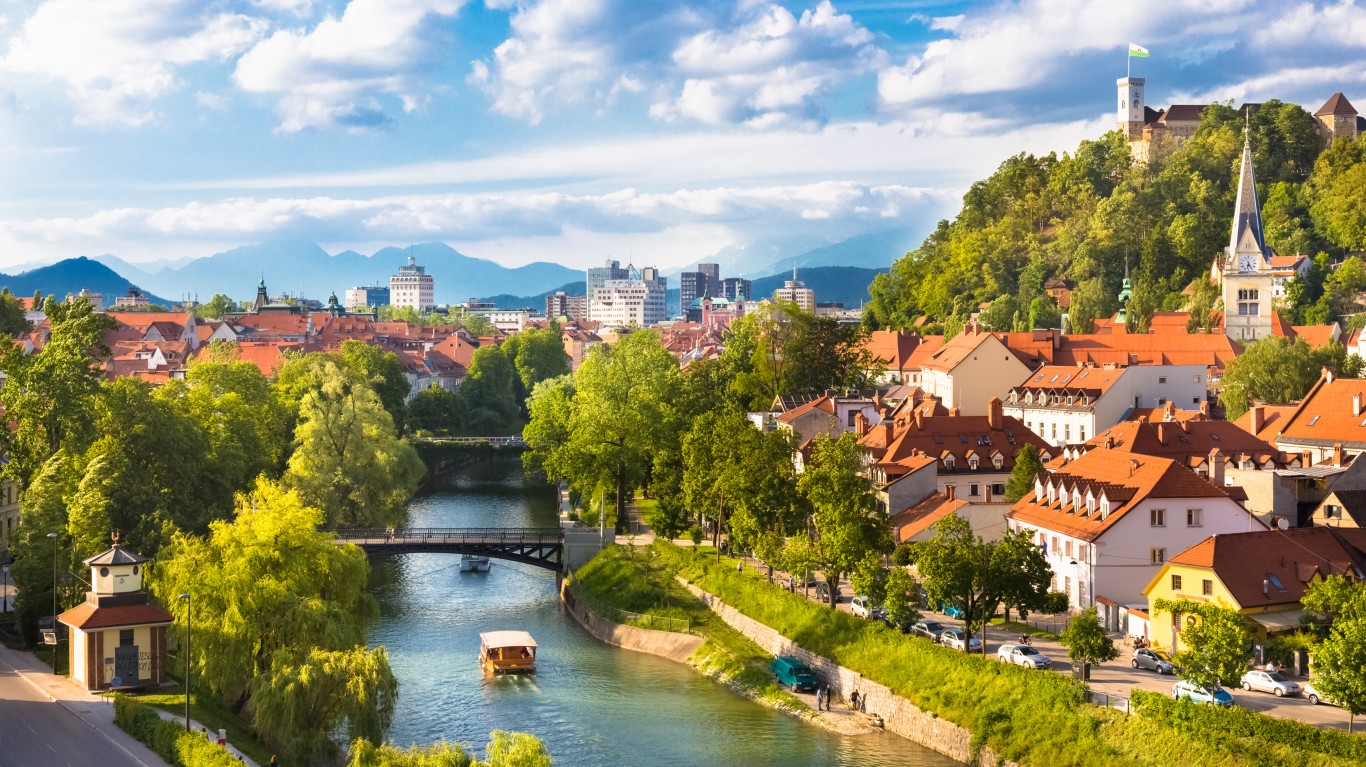
Slovenia
> Joined NATO: 2004
> Former member of Warsaw Pact: No, but aligned with the Soviet Bloc as part of Yugoslavia
> GDP: $53.59 billion
> GNI per capita: $39,470
> Population: 2,100,126

Albania
> Joined NATO: 2009
> Former member of Warsaw Pact: Yes (withdrew in 1968)
> GDP: $14.89 billion
> GNI per capita: $13,210
> Population: 2,837,743
[in-text-ad]

Croatia
> Joined NATO: 2009
> Former member of Warsaw Pact: No, but aligned with the Soviet Bloc as part of Yugoslavia
> GDP: $57.20 billion
> GNI per capita: $28,950
> Population: 4,047,200

Montenegro
> Joined NATO: 2017
> Former member of Warsaw Pact: No, but aligned with the Soviet Bloc as part of Yugoslavia
> GDP: $4.77 billion
> GNI per capita: $20,350
> Population: 621,306

North Macedonia
> Joined NATO: 2020
> Former member of Warsaw Pact: No, but aligned with the Soviet Bloc as part of Yugoslavia
> GDP: $12.26 billion
> GNI per capita: $16,310
> Population: 2,072,531
Are you ready for retirement? Planning for retirement can be overwhelming, that’s why it could be a good idea to speak to a fiduciary financial advisor about your goals today.
Start by taking this retirement quiz right here from SmartAsset that will match you with up to 3 financial advisors that serve your area and beyond in 5 minutes. Smart Asset is now matching over 50,000 people a month.
Click here now to get started.
Thank you for reading! Have some feedback for us?
Contact the 24/7 Wall St. editorial team.